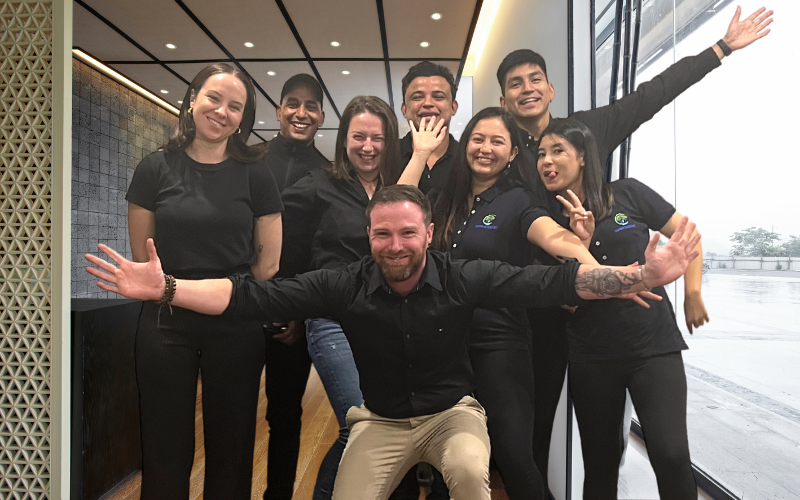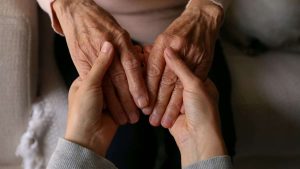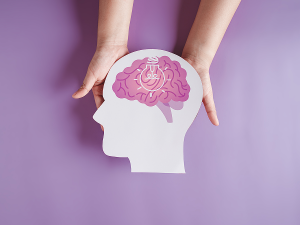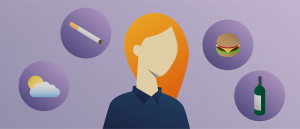Educate to Eradicate: Unraveling the Web of Misconceptions About Disability

Disability is a fact of life that is often misunderstood and stigmatised. Despite progress, many people still hold negative attitudes towards individuals with disabilities. To combat this stigma, it is important to understand the facts surrounding disability. In this blog post, we will unravel the web of misconceptions surrounding disabilities and educate readers on the realities of living with a disability.
1. Disability is not just physical:
It’s a common misconception that disability is only physical. However, but in reality, it covers a wide spectrum of conditions. It includes intellectual, sensory, mental, and more. It’s important to realise that it is not a one-size-fits-all category. Furthermore, people with disabilities come from diverse backgrounds with different challenges.
2. People with disabilities deserve dignity and respect:
Just like everyone else, people with disabilities deserve dignity and respect. Likewise, it’s essential to recognise them as individuals with their own thoughts, feelings, and desires. Furthermore, when interacting with them, it’s essential to consider their feelings and avoid making assumptions about their needs and abilities.
3. Disabled People are Not All the Same:
One of the most persistent myths surrounding disability is that all disabilities are the same. However, this couldn’t be further from the truth. They are diverse, ranging from physical (such as paralysis or blindness) to intellectual (such as autism or Down syndrome) and everything in between. Similarly, every individual with a disability is unique and should be celebrated for their unique abilities and traits.
4. Language Matters for disability:
We must understand the power of language in perpetuating misconceptions and stigmas surrounding disabilities. Words like “handicapped” or “disabled person” are outdated and perpetuate negative stereotypes. Instead, use person-first language (“person with a disability” rather than “disabled person”). Additionally, avoid making assumptions about what someone can or cannot do based on their disability. Lastly, understanding the power of language and making small changes can make a big difference in creating a more inclusive society.
5. Education is the key to inclusion for disability:
One of the most effective ways to eradicate misconceptions is by educating ourselves and others. Subsequently, this can be done by taking the time to understand different disabilities. In addition, it includes how they affect individuals and what we can do to support them. It’s up to all of us to take responsibility for our actions. Likewise, we should learn about different disabilities, and build a more inclusive world where everyone is accepted.
Conclusion:
In conclusion, it’s high time we eradicate the misconceptions surrounding disability and create a more inclusive world. Also, we need to educate ourselves and others, recognise people with disabilities as individuals deserving of respect and dignity, and provide accessibility as a basic human right. It’s only by working together that we can dismantle the barriers and achieve true inclusivity. Let us all make a conscious effort to Educate to Eradicate: Unraveling the Web of Misconceptions About Disability.
Book a free Consultation with us today!
Mobile : 1800960068
Email : contactus@iseeksupport.au









